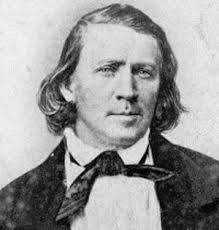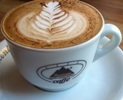
Priest, Mystic
William Law was educated at Emmanuel College, Cambridge. He was ordained deacon in 1711 and elected a fellow of his college in the same year. He lost his position when his conscience would not allow him to take the required oath of allegiance to the first Hanoverian monarch, King George I. as he had previously, given his allegiance to the House of Stuart.
Thereafter, Law became a simple curate, until he was ordained in 1728, but when that too became impossible without the required oath, Law taught privately. He became tutor to Edward Gibbon (who later became the father of the famous historian of the same name). In 1740 he retired to a semi-monastic household in King’s Cliffe, where he had been born.
Law then devoted much of his life to writing. He is remembered mainly for a book published in 1728, 'A Serious Call to a Devout and Holy Life'. He advocated a strictly disciplined life of personal holiness. It had a profound influence on many people, including Samuel Johnson and John and Charles Wesley. His later writings show a mystical emphasis on the indwelling of Christ in the heart. Ultimately his writing helped spark, the evangelical revival.
With the help of some friends he devoted himself to establishing schools and almshouses (accommodation for the poor, funded by Charity) as an expression of a life of disciplined prayer. There were prayers several times a day. They lived a simple, austere life and devoted their income to good works.
BORN: 1686,
Kings Cliffe, U.K.
DIED: 9 April 1761,
Kings Cliffe, U.K.
 Welcome
Welcome Calendar
Calendar Today's Word
Today's Word Lauds
Lauds Terce
Terce Sext
Sext None
None Vespers
Vespers Compline
Compline Matins
Matins